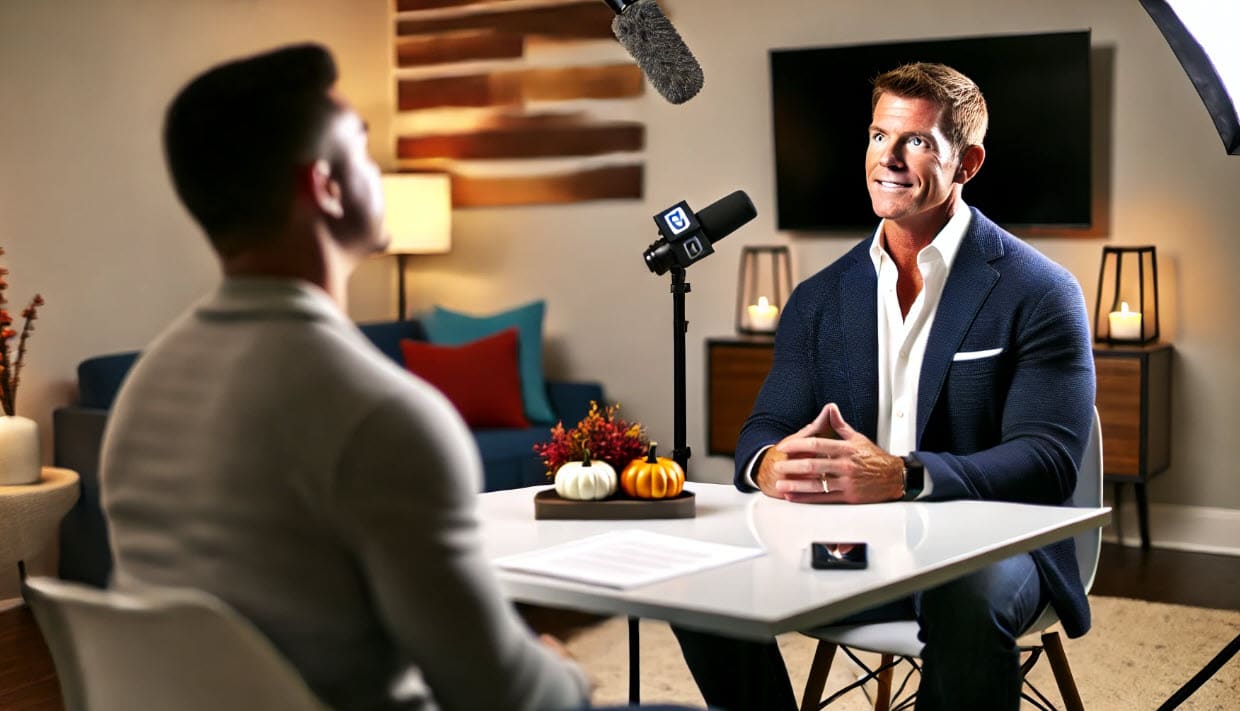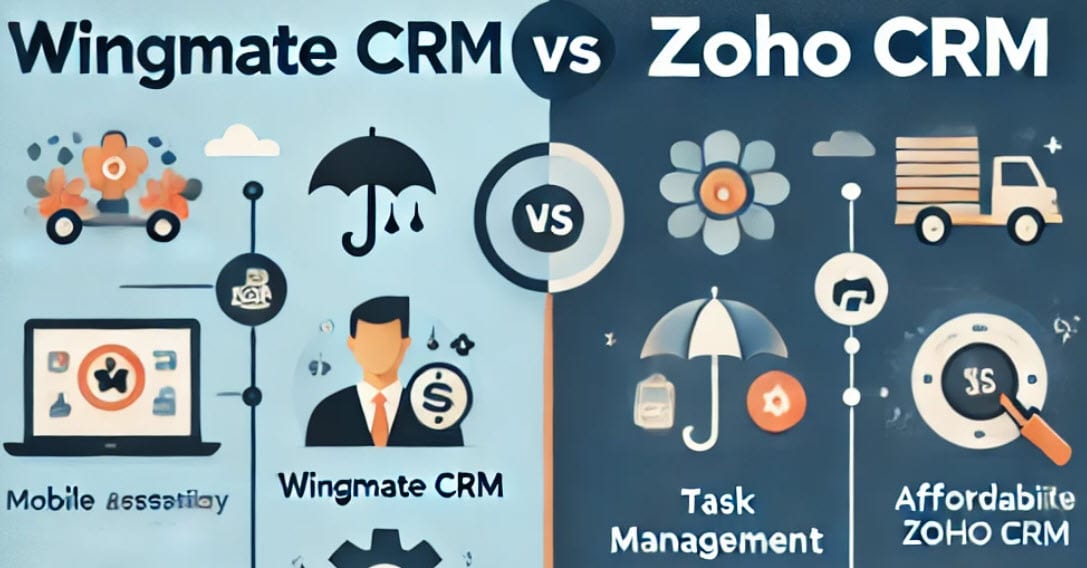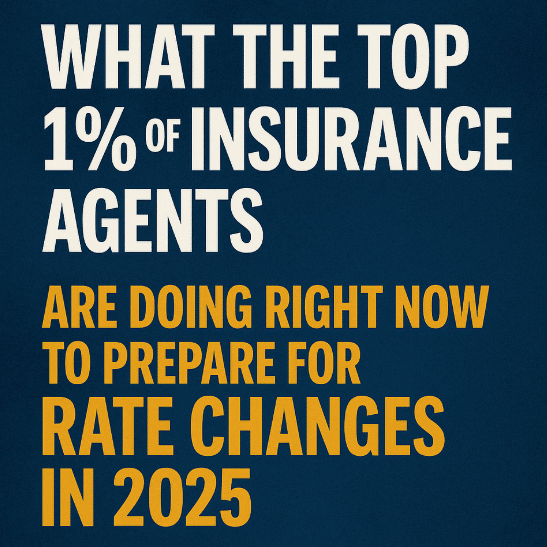Life Insurance Industry Trends: A Comprehensive Overview
When it comes to the constantly changing trends in life insurance, grasping the subtleties can be a real game-changer.
The landscape of life insurance policies is not just influenced by economic factors but also shaped by demographic and societal changes.
For instance, did you know that household income significantly impacts life insurance ownership?
Or that there’s a glaring disparity in men’s and women’s rates of owning life insurances?
This post will delve into these facets, offering insights on age demographics in life insurance policies, generational analysis of coverage ownership, racial distribution in terms of policy holding, and more.
If you’re keen on staying ahead with current life insurance industry trends or seeking ways for your business model as insurers to achieve profitable growth, this read is for you.
U.S. Life Insurance Ownership Overview
Welcome to the wild world of life insurance ownership in America. Buckle up, because we’re about to dive into some fascinating stats and trends.
The Impact of Household Income on Life Insurance Ownership
Money talks, especially when it comes to life insurance. Households earning less than $50,000 are not as likely to have a life insurance policy due to financial constraints. Why? Well, let’s just say that bills and groceries often take precedence over premiums.
If you want more info on this topic, check out this post from NerdWallet
Influence of Relationship Status on Owning a Life Insurance Policy
Singles mingle while couples cover…their financial bases. Married folks tend to have higher rates of coverage than their single counterparts – think joint policies or protecting loved ones from potential loss.
Age Demographics in Life Insurance Policies
Let’s take a deep dive into the fascinating world of age demographics and life insurance policies.
The Tale of Two Extremes: Gen Z vs Boomers
If you’re picturing a battle royale between TikTok-obsessed Gen Zs and tech-challenged Boomers, you’re not far off. Data from the Insurance Information Institute indicates that when it comes to life insurance, Boomers and Gen Zers are at polar opposites.
Data from the Insurance Information Institute shows that American adults in Gen Z are least likely to own life insurance while boomers have the highest coverage rate.
Trends Among Different Age Groups Over The Past Decade
We’ve seen some interesting shifts over time. Younger adults seem more inclined towards securing their financial future earlier than their predecessors did.
This could be due to increased awareness about financial planning for young adults, or maybe they just got tired of being called “the avocado toast generation”. Who knows?
- In 2010, just a small fraction (22%) of individuals aged 18-24 had life insurance. By 2023, this number had risen to an impressive 45%.
- Middle-aged folks (35-44) saw a slight dip from the 77% mark in 2010 to around 68% by 2023.
- Silver surfers (65+) continue riding high with nearly all (94%) having some form of policy as per the latest stats available.
Gender Differences in Life Insurance Coverage
Let’s dive into the world of life insurance and explore the intriguing landscape of gender disparities.
In one corner, we have men who are more likely to own life insurance policies. In the other corner, women have higher reported needs for coverage but lower ownership rates.
This isn’t some bizarre episode of The Twilight Zone; it’s the reality we face. And it begs the question: why?
Statistics from 2023 show that 60% of American men owned life insurance compared to just 56% of women.
Reasons Behind the Gender Gap in Terms of Wages and Financial Literacy
We could point fingers at wage gaps or levels of financial literacy as potential culprits behind these differences. Nevertheless, it would be a mistake to oversimplify the situation.
A study by GFLEC (Global Financial Literacy Excellence Center) found that there is indeed a gender gap when it comes to financial literacy, with fewer women being financially literate than men.
When it comes to wages, data from the U.S. Bureau of Labor Statistics reveals that full-time female workers’ earnings were only about 81 percent of their male counterparts’. This difference can impact their ability or decision to invest in life insurance plans.
If you’re an agent trying to sell policies across genders, remember this:
Your clients aren’t statistics, they’re individuals with unique circumstances and needs.
Selling effectively means understanding those individual needs and tailoring your approach accordingly.
Generational Analysis of Life Insurance Ownership
The Gen Z Conundrum
Gen Zers are less likely to own life insurance than their older counterparts. Why? Well, they’re young and invincible… or at least they think they are. But as this article explains, it might be time for them to reconsider.
Baby Boomers Lead the Pack
Boomers have enthusiastically adopted life insurance policies, surpassing other generations in ownership according to LIMRA’s research. According to LIMRA’s research, Boomers are more likely to own policies compared to other generations.
Economic Stability and Its Influence on Decision Making
Economic stability plays a significant role in deciding whether or not one should invest in an assurance plan. Those who feel financially secure tend to lean towards buying coverage plans, as highlighted by this study.
Likelihood Towards Buying Insurance Coverage
- Millennials: They’re slowly warming up to the idea of securing their future through these means.
- X Generation: Sandwiched between two extremes; some opting for coverage while others remain skeptical.
- Silent Generation: With age comes wisdom – and apparently a penchant for financial security too.
The Correlation Between Financial Security & Probability for Opting for This Investment:
- If you feel secure financially today – odds are high that you’ll buy an assurance cover tomorrow.
- Insecure about your finances? Chances decrease significantly when considering such investments.
Racial Distribution in Terms of Owning a Policy
When it comes to life insurance ownership, the racial distribution is a fascinating study in contrasts.
Black Americans are more likely to see life insurance as a necessity than Whites, yet they own fewer policies – an interesting paradox that can be observed among Hispanic and Asian populations too.
Similar trends can be seen in the perception versus reality gap between Hispanic and Asian populations as well.
To gain a better comprehension of this disparity, we must delve into the social elements that shape these choices.
Factors Contributing Towards Discrepancy Observed Along Racial Lines
The lack of representation in the industry could be one factor. It’s no secret that minority communities are underrepresented within financial services sectors, including insurance. This lack of diversity might create barriers for people from different ethnic backgrounds seeking information or advice about life insurance policies.
Another possible reason could be economic disparities – lower income levels may make it harder for certain demographic groups to afford coverage.
And let’s not forget cultural influences – differing attitudes towards death and inheritance can also play a role here.
In short, there’s no single explanation but rather an intricate web of interconnected factors shaping these patterns.
Financial Security and Its Relation with Insurance
The relationship between financial security and life insurance ownership is like peanut butter and jelly – they just go together.
Chances are that those who feel financially secure have taken the necessary steps to ensure fiscal protection, such as owning an assurance plan. But why?
Contrast Study Showcasing the Difference Felt versus Actions Taken to Ensure Fiscal Protection
Data suggests that those who feel financially secure are 10% more likely to own life insurance than their less confident counterparts.
It’s not just about appearing affluent; it’s about readying for the unforeseen. It’s not enough to simply feel safe – action must follow suit.
Role Played by the Death of the Main Breadwinner in Affecting the Family’s Overall Economic Standing
The loss of a primary earner can be devastating, both emotionally and economically. Life insurance provides a safety net, helping families maintain their standard of living after such losses.
In fact, according to LIMRA studies, 83% of Americans consider covering burial expenses an important reason to buy life insurance.
Key Takeaway:
Financial security and life insurance ownership go hand in hand, with those who feel financially secure being 10% more likely to own life insurance.
Motivations Behind Opting For A Plan
Let’s talk about the reasons why people invest in life insurance. What motivates them to take that step?
Covering Burial Expenses:
The harsh reality of death is not just emotional, but also financial. This makes sense because funerals can be expensive, and nobody wants their loved ones to bear this burden.
If you’re still unsure about what type of policy to get, check out this comprehensive guide on different types of Life Insurance policies.
Replacing Lost Income:
A sudden loss can leave a family financially vulnerable. The right coverage plan acts as income replacement, ensuring your dependents can continue living comfortably even when you’re no longer around.
Inheritance Purposes:
Sometimes it’s all about leaving something behind for the next generation. An inheritance, if you will. It’s a way for individuals to guarantee their money stays within the family after they’re gone.
Remember, motivations may vary from person to person based on individual circumstances and needs. Before settling on a choice, do your research to comprehend the diverse arrangements accessible and how they address your particular necessities.
Current Industry Scenario in Terms of Providers’ Market Share
The life insurance industry is a bustling marketplace, with the top players holding a firm grip on nearly half of all policies. It’s like a high-stakes game of Monopoly where only a few players own Boardwalk and Park Place.
In this high-stakes game, the big players such as MetLife, Prudential, and New York Life are leading the pack. Data from the NAIC reveals that these industry giants control almost half of all life insurance policies. That’s some serious market share.
Growth trajectory followed by the sector in the last couple of years
The good news? The entire field is growing. Over recent years, there has been an increase in premiums written amounting to approximately $13 billion. It’s like watching your favorite stock skyrocket – it just keeps going up.
This upward trend indicates that more people are realizing how crucial life insurance can be for their financial security. Plus, who doesn’t love seeing growth charts go through the roof?
If you’re an agent or broker looking to tap into this thriving market segment, don’t hesitate. Now’s your chance to ride this wave and secure those badass leads.
Payout Trend Observed Among Different Categories of Benefits Claims
Let’s dive into the world of payout trends in the life insurance industry. We’re not just talking about traditional claims, but also annuities. Buckle up.
Rising Graph Pertaining to Regular Claims Benefits Disbursed Recently
The payout scene is heating up with a noticeable uptick in regular claim payouts.
This isn’t some random blip on the radar; it’s an increasing trend that indicates consumers are getting savvier about their policy provisions.
You can check out this detailed report by the National Association of Insurance Commissioners (NAIC) for more insights.
Upward Movement Seen Specifically in Annuity-Related Disbursements
Annuities aren’t left behind either. They’ve seen a whopping increase of over $6 billion recently. Yep, that’s the scoop.
This points to one thing: people are becoming increasingly aware and utilizing these benefits to their fullest extent possible. It’s like watching your favorite underdog team score big time after time.
Are you a life insurance agent that needs leads? Click here to see our lead packages






